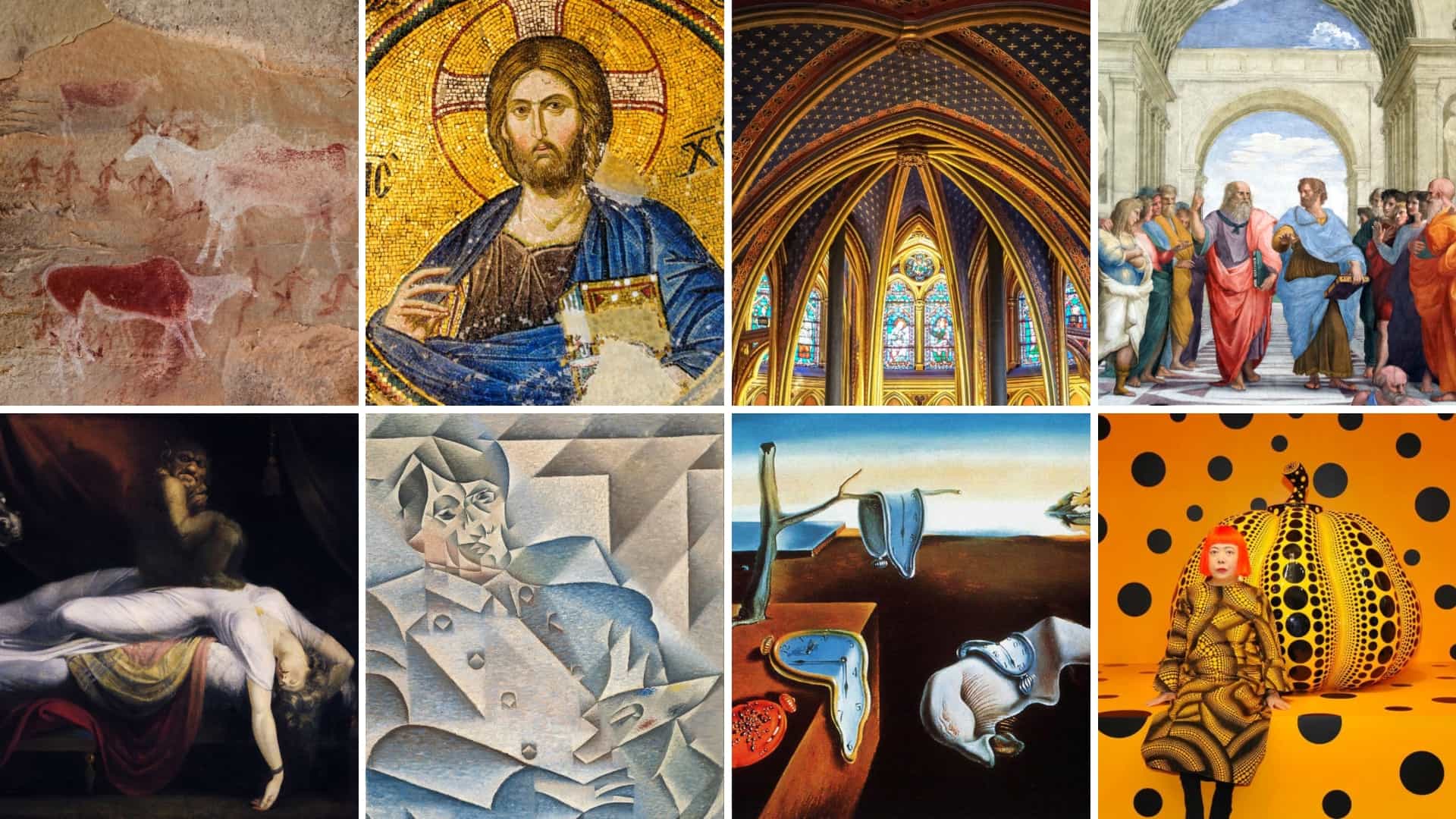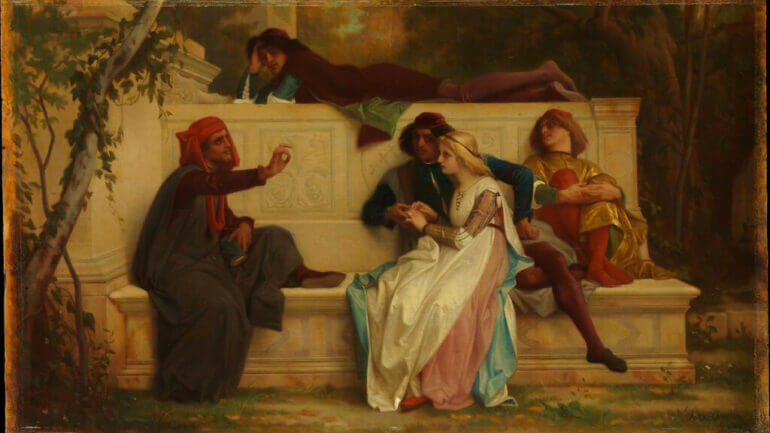The history of art is marked by a constant evolution of artistic movements, reflecting the endless creativity of artists throughout the ages. Each period has been characterized by unique artistic movements, reflecting the social, cultural, and political changes of their time. In this article, we will embark on a journey through the evolution of art movements and their impact on artistic creation.
- 1. Classical Movements: Classical art emerged from ancient Greek and Roman civilizations, characterized by balanced proportions, idealized forms, and realistic representation. Classical artists sought to capture the beauty and harmony of the world around them, creating timeless works that have influenced art for centuries.
2. The Renaissance Art: The Renaissance marked a period of artistic and intellectual revival in Europe. Renaissance artists rediscovered techniques from antiquity, introducing realistic representations of the human figure, linear perspective, and an interest in science and philosophy. Masterpieces of the Renaissance, such as Leonardo da Vinci’s Mona Lisa, are emblematic of this era of artistic renewal.
- 3. Modern Art: Modern art emerged in the 19th century with movements such as Impressionism, Post-Impressionism, and Cubism. These artists challenged established artistic conventions, exploring new techniques, subjects, and ways of representing reality. Modern art paved the way for experimentation and personal expression, pushing the boundaries of traditional art.
- 4. Contemporary Art: Contemporary art encompasses artistic movements that have developed from the 1960s to the present day. It is a diverse and ever-evolving artistic current, characterized by a multitude of styles, mediums, and concepts. Contemporary artists explore varied subjects, address social and political issues, and employ a wide range of mediums, including painting, performance art, video art, and digital art.
- 5. The Future of Art: Art is constantly evolving, and the future holds many surprises. Artists continue to push the boundaries of creativity, integrating new technologies, exploring contemporary themes, and challenging established conventions. Future art movements are likely to reflect the changes and challenges of our time, offering new perspectives and forms of expression.
The evolution of art movements reflects the richness and diversity of art throughout the centuries. Each artistic movement has made a unique contribution to the history of art, leaving an indelible mark on human creativity. As an artist, it is important to understand this evolution and draw inspiration from different art movements to enrich your own practice. By exploring the works of past artists, you can immerse yourself in their artistic vision, study their techniques, and embrace their innovative ideas. This will allow you to nurture your own style and experiment with new artistic approaches.
In conclusion, the evolution of art movements is an infinite source of inspiration and discovery. By exploring past art movements, embracing contemporary art, and envisioning the future of art, you can nourish your creativity and enrich your artistic practice. Whether you are drawn to timeless classics, revolutionary movements of the past, or contemporary forms of expression, remember that your artistic voice is unique and valuable. Let yourself be guided by your passion, curiosity, and desire to create, and you will be able to leave your mark in the history of art.


